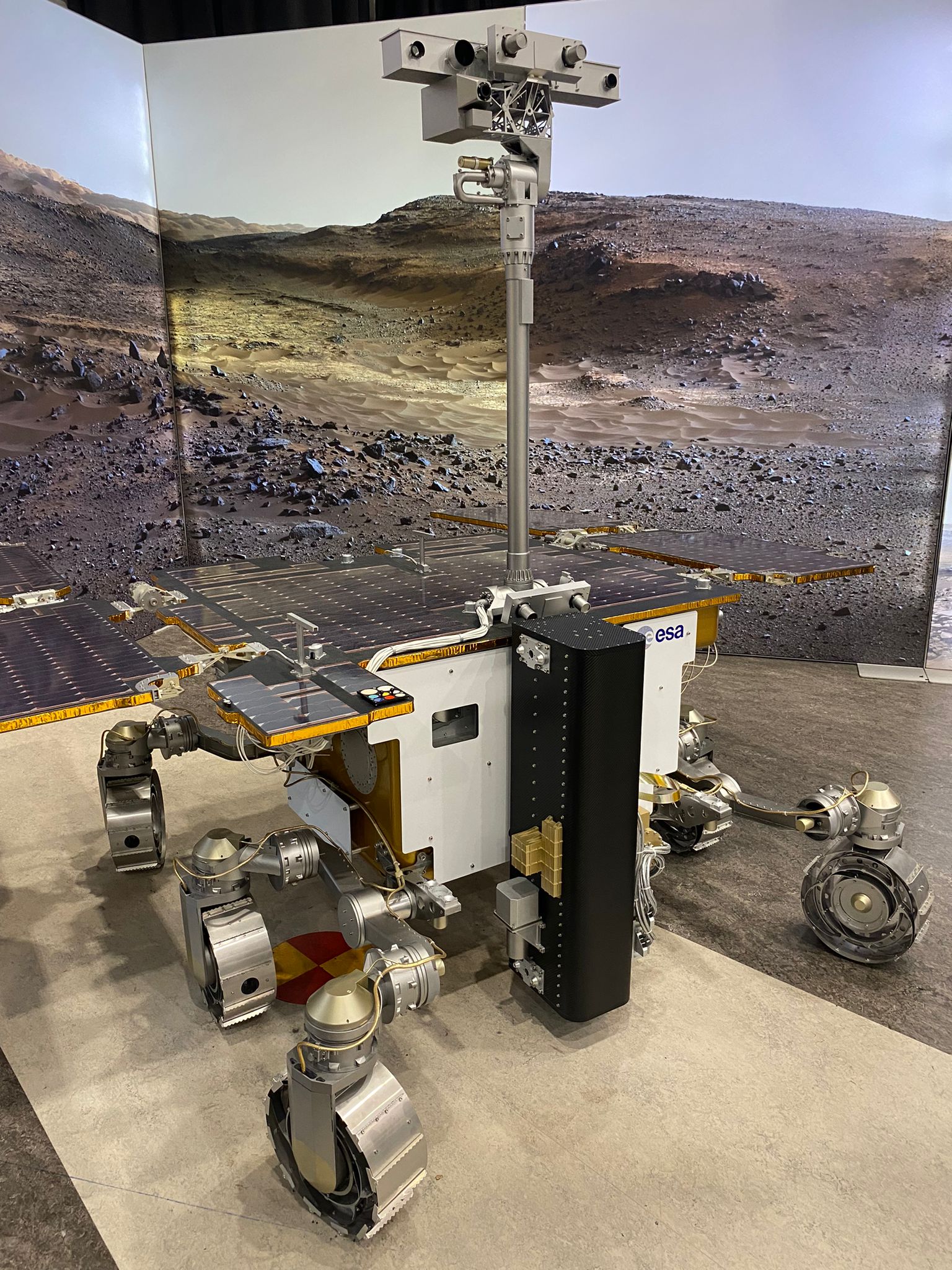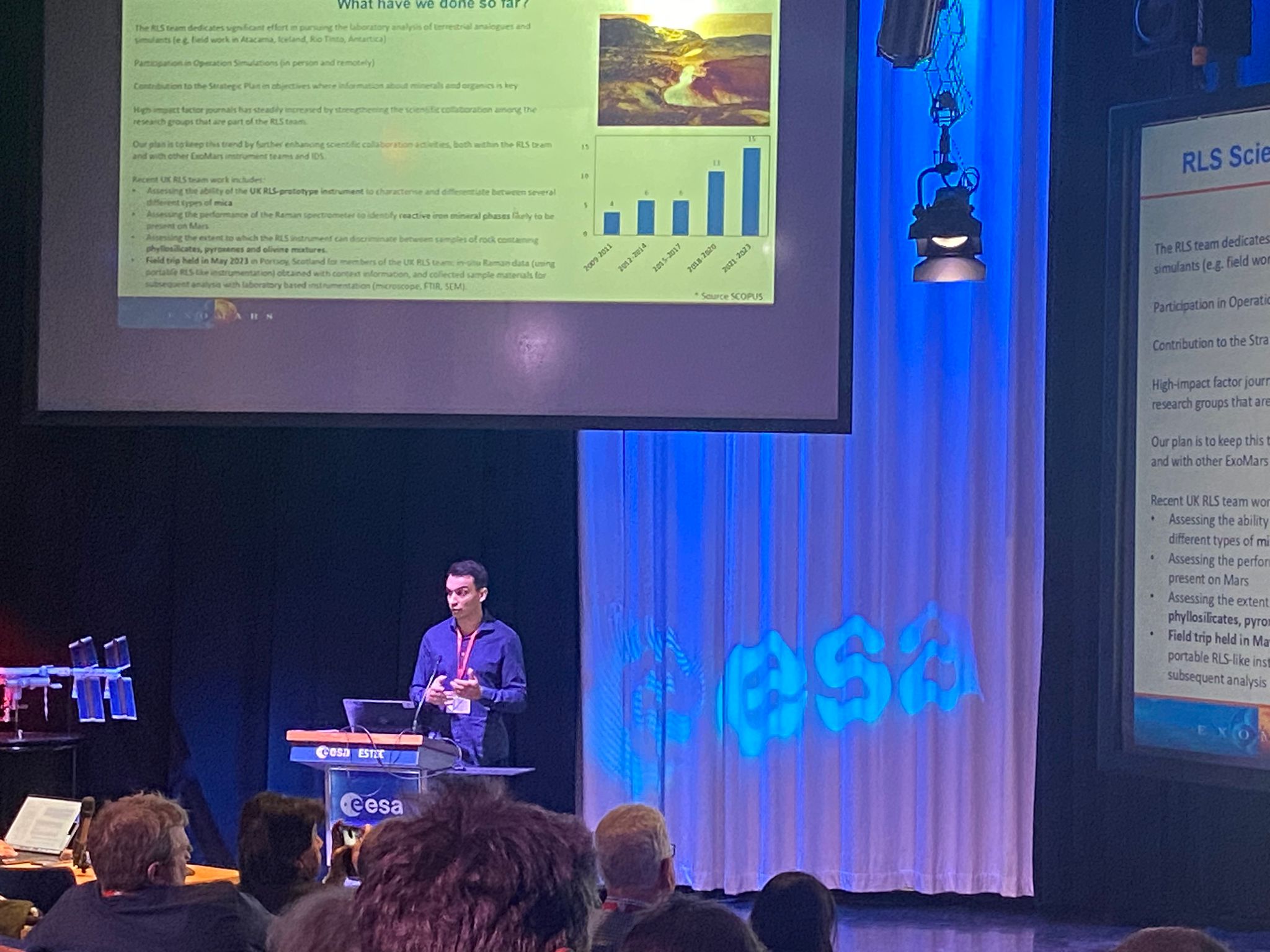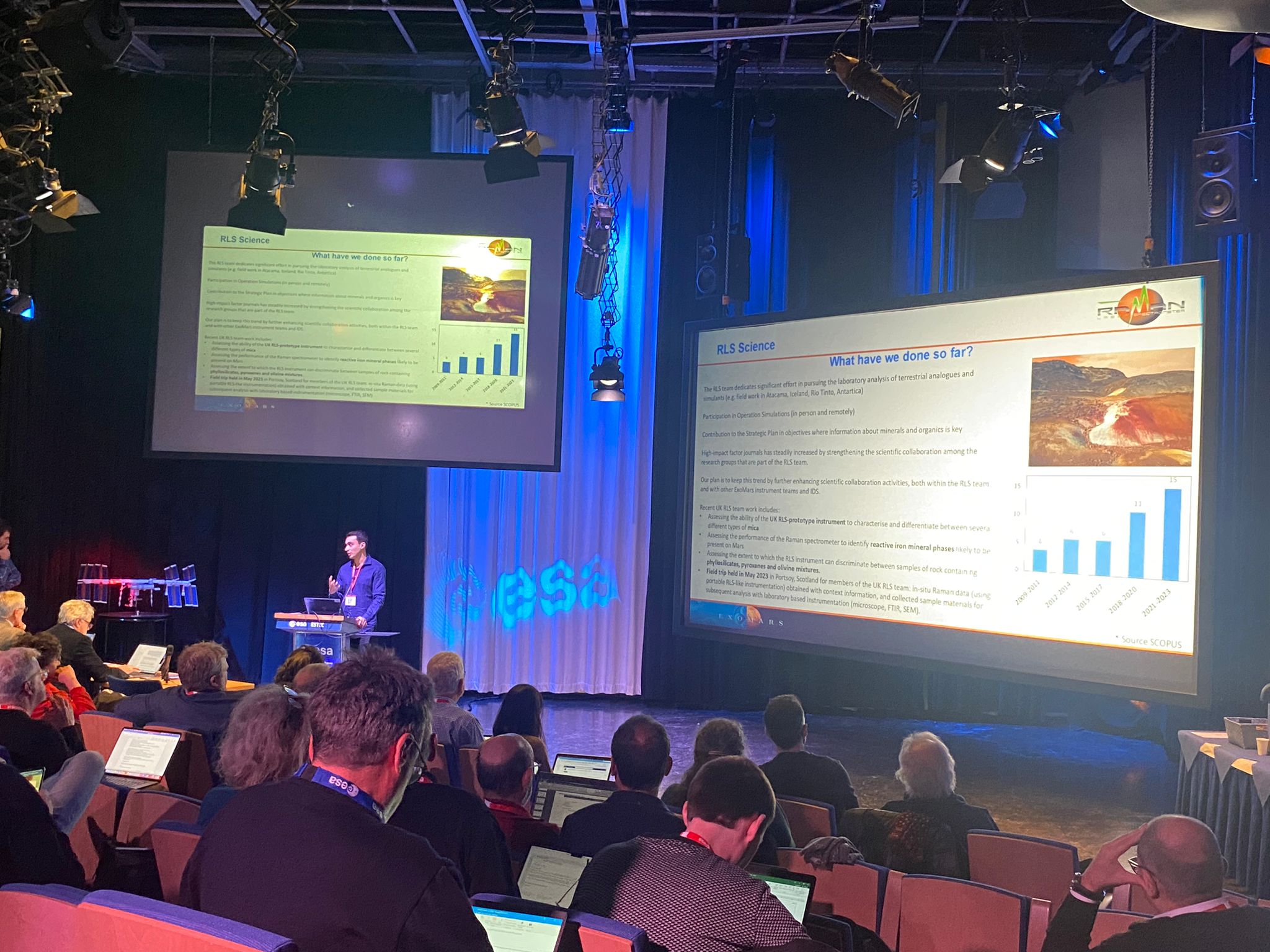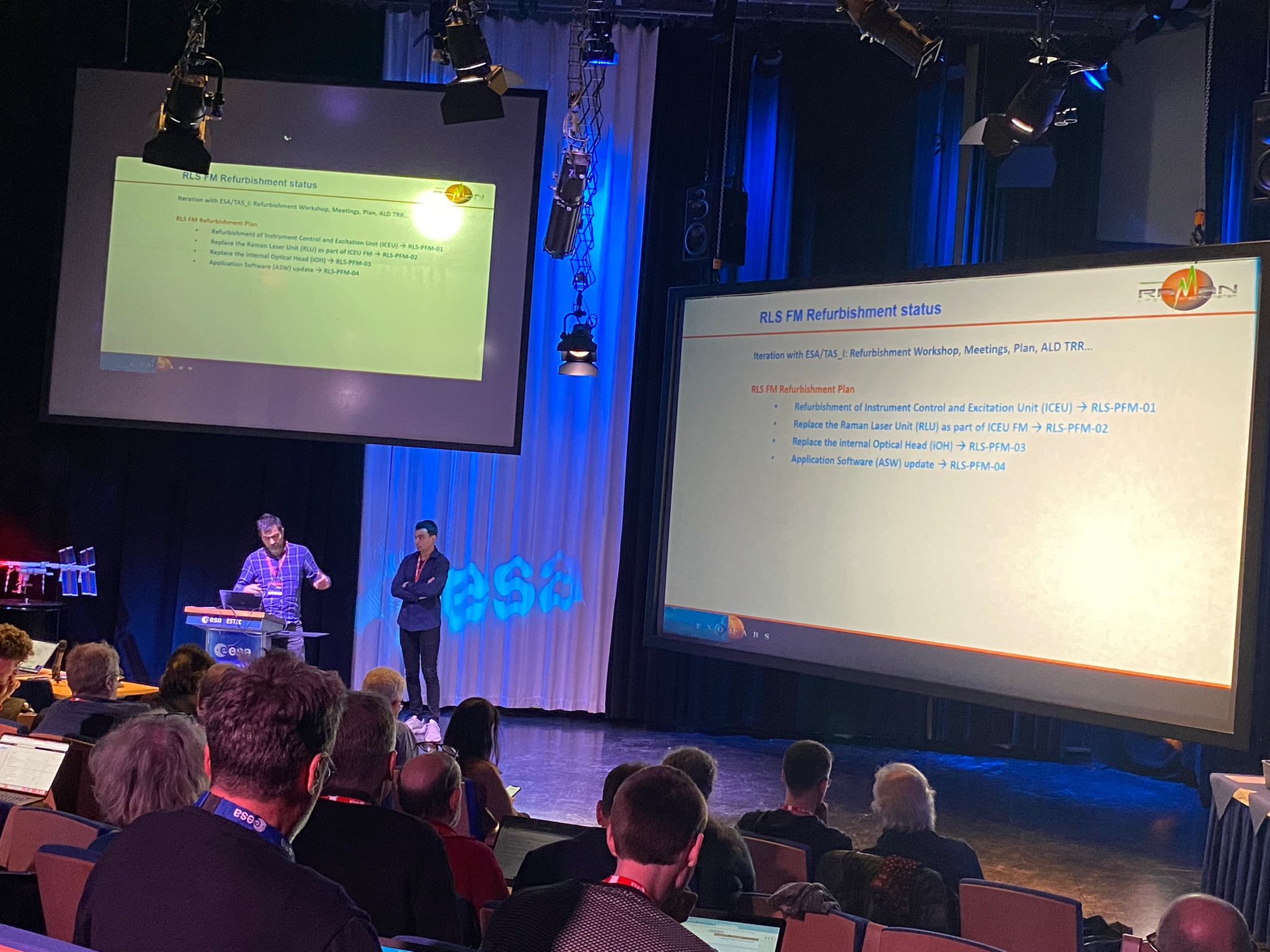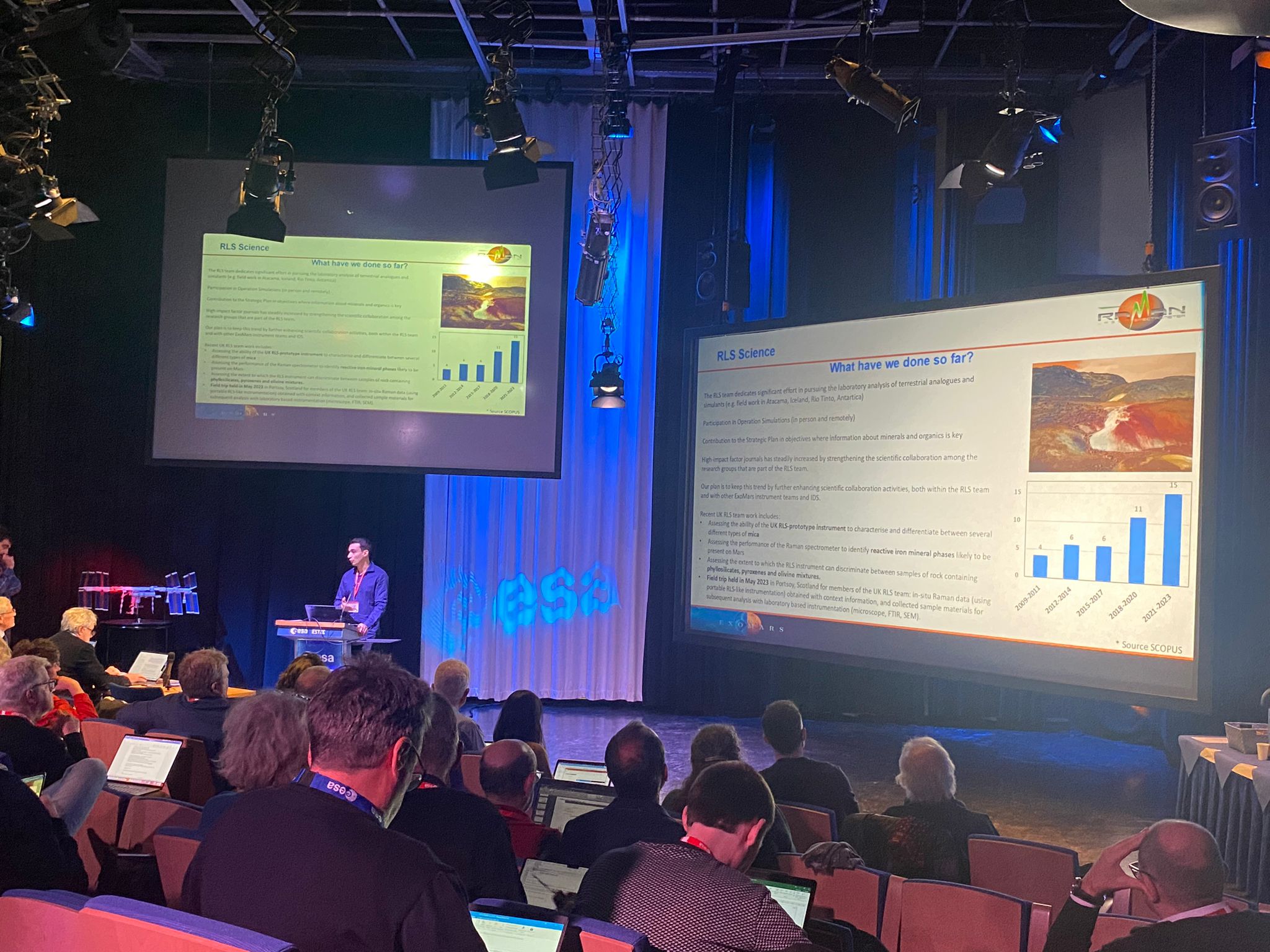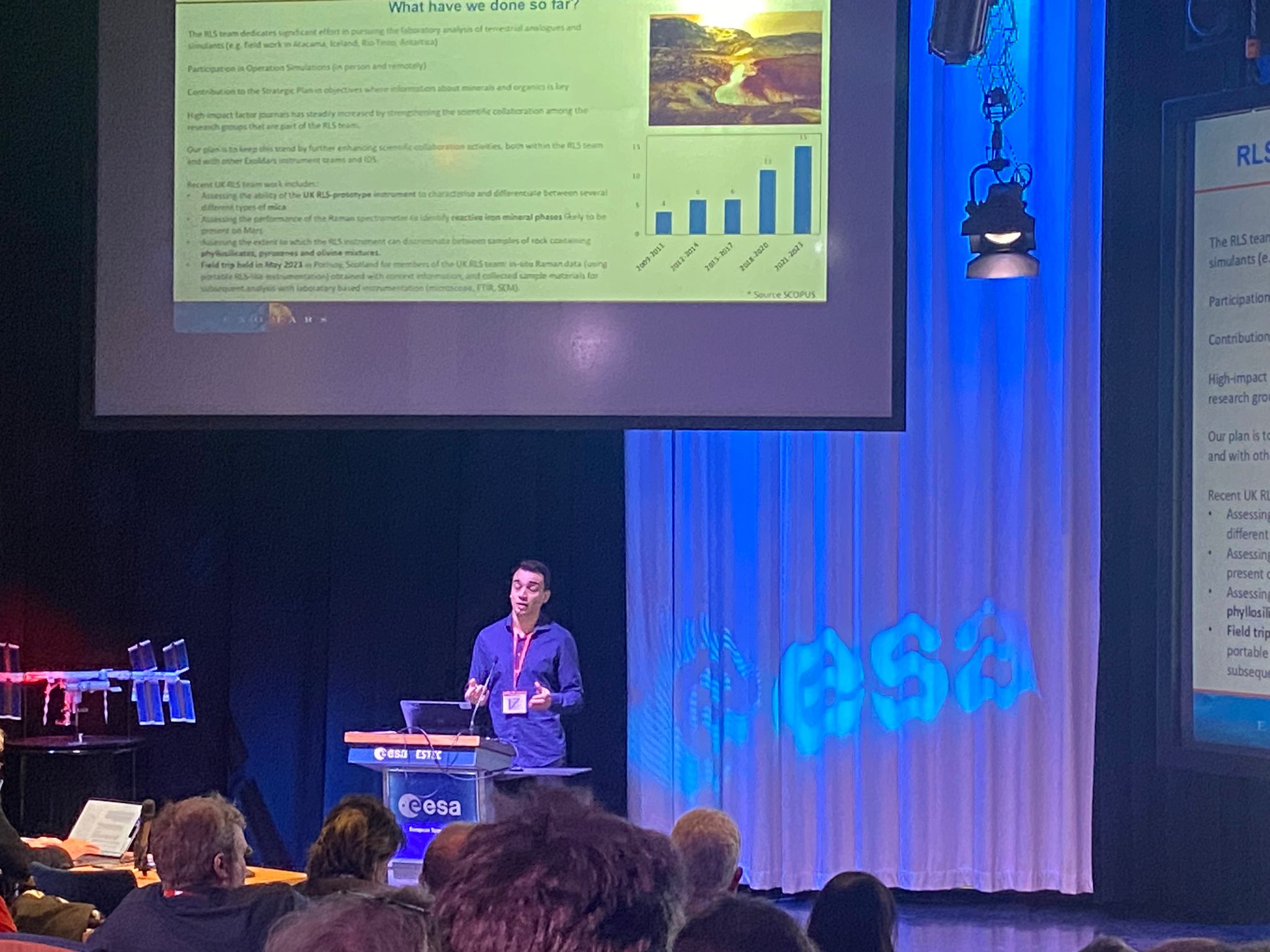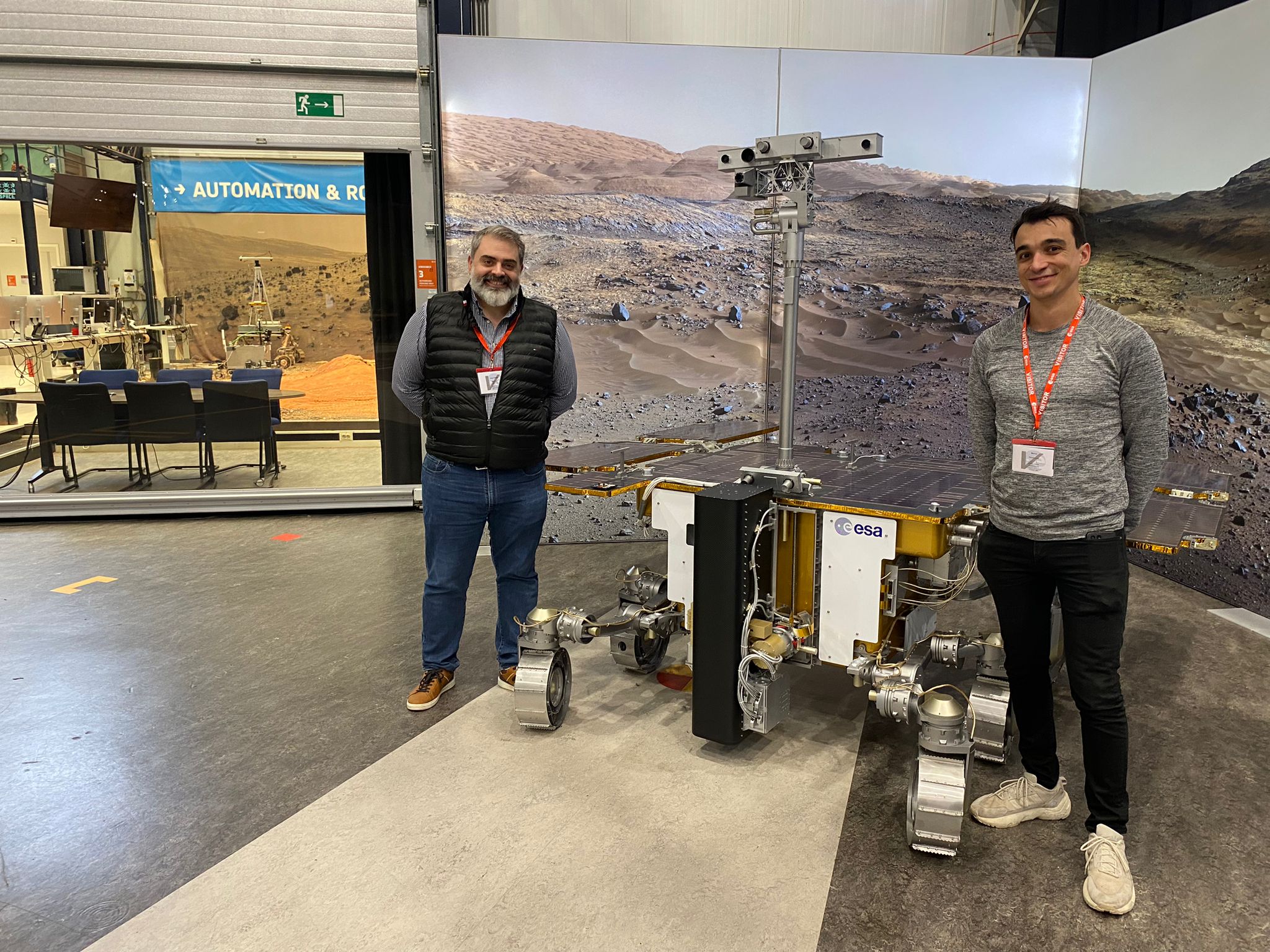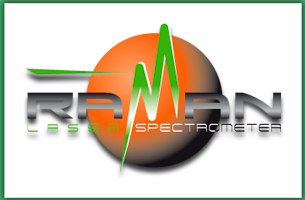Last week, from Wednesday January 24th to Friday January 26th, a meeting of the EWST (ExoMars Science Working Team) took place. The event was attended by two ERICA scientists, Jose Antonio Manrique and Marco Veneranda, as well as our colleagues from INTA.
This time, the meeting was held in ESTEC, the main research and development center of the European Space Agency, located in Noordwijk, Netherlands. Some of the former editions include ESWT#4 (ESTEC, Noordwijk, 13–14 Oct 2011: d1), #5 (ESTEC, Noordwijk, 12-15 Feb 2013: w1, w2, p1, p2), #7 (ALTEC S.p.A., Turin, 9-10 Dec 2014: p1, p2, p3, p4, p5), #8 (ESTEC, Noordwijk, 22 Oct 2015: d1), #10 (IKI, Moscow, 17–19 Apr 2018: p1, p2, p3), #11 (ALTEC S.p.A., Turin, 5-7 Jun 2019: w1, p1), #12 (ESTEC, Noordwijk, 17-19 Dec 2019: p1), #13 (ALTEC S.p.A., Turin, 5-7 Jun 2020: p1), and #14 (ALTEC S.p.A., Turin, 11-13 Oct 2022: t1, t2)
As you’re already aware, the launch date for the ExoMars mission has been set back to 2028. However, this change came with a few challenges. For starters, the instruments onboard the already-completed rover require sligth maintenance at the hardware level in order to keep them in perfect working condition until then. Also, in order to stay scientifically relevant, some of the instruments must be refurbished and updated with the latest technical advances. These two topics were discussed during the meeting.
On the other hand, due to the sanctions to Russia because of the war in Ukraine, the ESA-Roscosmos collaboration of the original ExoMars project was cancelled in 2022. This left the project without several russian-provided elements including the lander (Kazachok), for which replacements must be obtained or developed. NASA already agreed to provide several of these materials, including the RHUs (Radioisotope Heating Units), and the «braking engines», and several Americans will join the already existing science teams of this project.
Since the busiest period for said teams will begin as soon as the rover instruments start transmitting data for them to analyze, this launch delay will create an additional «waiting period». For this reason, plans were also set during the latest ESWT meeting to keep the scientific teams connected and integrated on the meantime. It is noteworthy that the community’s plans showed consensus and commitment to go ahead with the 2028 date, thus demonstrating the high hopes in the success of this mission, despite the multiple delays suffered.
